ev.energy users across 33 different car brands and 12 different energy suppliers participated in the largest-ever grid shift event thanks to National Grid ESO DFS Programme


- A group of 8,500 EV drivers participated in the event by smart charging their car with ev.enery
- This was the largest number of vehicles turned down at one time
- The grid flex event occurred between 5:30pm and 6:30pm on 22 November 2022
- 33 EV brands, 12 energy suppliers, and 50 different tariffs show the wide variety of customers taking part in ev.energy’s portfolio
- The user journey will be streamlined further for upcoming grid flex events this winter
Background: What is the Demand Flexibility Service?
At ev.energy, we take a lot of pride in our 4.5* rated smart charging EV driver app. As the largest independent aggregator of flexible EV charging assets in the world and the first company to commercially trade this flexibility in Great Britain with UK Power Networks – we are not shy when it comes to providing innovative solutions for flexible grid services. So, when National Grid ESO called upon all energy suppliers and aggregators across Great Britain to help them access additional energy sources during the peak winter months - we jumped at the opportunity.
The Demand Flexibility Service, launched by National Grid ESO in November 2022, allows consumers and industrial/commercial businesses to be financially incentivised for flexing when they use their electricity. The grid flex events are expected to be activated between the hours of 4pm-9pm, with a minimum of 12 events scheduled between November 2022 and March 2023.
Having our official kick-off on the project on 14 November 2022, we quickly activated it to help support the grid.
Getting Started
Going live with the Demand Flexibility Service consisted of three core elements:
- Receiving grid event signals and IT testing
- Getting EV Drivers to opt into participation
- Activating Events
Receiving Signals and IT Testing
The first step was to register on National Grid’s supplier portal to validate our aggregation services. As an existing partner of National Grid both in the UK and in the US – we are extremely familiar with National Grid’s rigorous requirements and checks. We were formally validated and ready for set-up in less than 3 days.
Next, we had to complete our mock signal test to ensure that when a flex alert is issued, we’re ready. To do this, National Grid sent a signal to ev.energy’s Grid & Data Services team. We then submitted a bid for the aggregated flexibility ev.energy is able to provide to National Grid’s secure Cloud platform (Table I).

The team at ev.energy then input the signal from National Grid into the ev.energy dispatch portal – that controls our Smart Charging algorithm. We do this by increasing the grid feed signal for the duration of the event, actively discouraging our algorithm to charge users at that time (Diagram A).

Opting Users in
At ev.energy, we’re lucky to have engaged EV drivers on our platform, however for the Demand Flexibility Program we also needed to access their Smart Meter data and obtain additional consent to sign them up to the DFS programme. ‘Trust & Transparency’ is one of our core values at ev.energy, so it’s important to us that users have full clarity over exactly how their car charging will change as a result of joining the programme.
At ev.energy, we’re also in a unique position of being hardware and tariff agnostic. We have many partners specialising in charger manufacturing, vehicle manufacturing, and energy retail – and believe in connecting EV drivers with as many of these platforms as possible to truly drive forward the decarbonisation of transport and energy.
To incentivise our users to participate in the DFS programme, it was important for us to apply this equity to our consumer incentives. Here are some of the key decisions we made:
1. Do not exclude people with smaller EV batteries. National Grid ESO are offering a set payment per kWh to aggregators and energy suppliers who provide the Demand Flexibility Service. As larger, more expensive cars will take more charge than smaller, cheaper EVs, we wanted to make sure that no one - whether large or small load - would be excluded. Every Smart Charge over 7kWh (1 hour or more of charging) will have the same reward incentive during the programme – no matter how big or small your car is, all EVs are able to support the grid.
2. Reward users for smart charging outside of the DFS Events. Only 12 events have been scheduled between November 2022 and March 2023, and while a significant test for the National Grid, the financial incentive and opportunity for end drivers is limited. That’s why we decided to apply our reward incentive to all Smart Charging sessions between November 2022 and March 2023. With the average driver charging between 3-4 times per week, we hope that rewards will drive positive smart charging behaviour across our community of EV drivers.
3. An incentive to invite more EV drivers. We can only tackle climate change and the energy crisis if we all work together, that’s why we wanted to ensure we had an attractive incentive to encourage new EV drivers to participate. The more people you refer to ev.energy, the more entries you get into the monthly prize draw.
4. Incentives must have impact. The rewards for our customers must be relevant. While we’ve run an ambitious and effective rewards programme for many years – offering Amazon vouchers, Carbon Footprint donation vouchers and free coffees, we’ve updated our rewards programme to help those most in need. With ev.energy, you can now claim money back off your energy bills or donate to the Fuel Bank Foundation to help homes in energy crisis this winter. Learn about ev.energy Rewards.
Announcing the Programme
To alert users to the DFS programme – ev.energy decided upon a multi-touch strategy to ensure we did not overload customers with information. Signing up, Smart Charging, being ready for an event – that’s a lot to take in.
Using a combination of email, illustrations, push notifications and video messaging – we pulled upon over 4 years of Smart Charging messaging to deliver a message with impact:
- Take Charge of the grid with National Grid’s DFS
- How it will work
- Be prepared for Smart Charging your car
- Keep up to date on events
- Be prepared for the next grid flex alert
We enjoyed a great level of engagement with UK customers, 60% of which engaged with the sign up communications.

Activating Events
We received our first grid flex alert notification 21 November 2022, and very quickly went into action. But who is taking part in these events? Take a look at the results below.
Results
Vehicle types
There are a wide variety of EV models connected to the ev.energy platform, representing a full mix of EV drivers across the country. The largest contributors to our grid flex events are Tesla users, very closely followed by MG and BMW users respectively.

Tariffs
79% of drivers have a flat-rate electricity tariff with only 21% having a Time of Use / multi-rate tariff. Since the start of the energy crisis, the proportion of people on multi-rate tariffs in Great Britain has declined as small innovative energy suppliers have exited the market and the energy price cap has provided cost protection for standard variable flat-rate electricity tariffs.
Tariff types breakdown
.avif)
Energy Delivered
3MW of grid flexibility was delivered from EV charging alone by shifting 72% of charging away from the grid flex event (Diagram E).
- The average response across 8,500 electric vehicles was 0.35kW
- The 1,300 EVs that were plugged-in during the event delivered an average of 2.3kW each - equivalent to every participant turning off 230 LED light bulbs.
- Only 4% of drivers opted-out of the event by temporarily overriding it with a Boost charge

Initial Learnings
Getting the Demand Flexibility Service set up in a two-week window was definitely a pull on all aspects of ev.energy – grid specialists, engineers, customer success, product teams, and more. Here are some of our key learnings within the window so far:
1. Metering requirements - Despite the huge turnout, the current boundary metering requirements dictated by the Electricity System Operator meant that only a few percent of the participating drivers had the right smart meter data and were paid as part of their official Demand Flexibility Service program. Future versions of the program should be more inclusive by allowing metering directly from the EV charge point in-line with Distribution System Operator flexibility service requirements.
2. Timing is everything - The typical peak time for electric vehicle charging we see on the grid is between 7pm - 9pm and on average across our portfolio an electric vehicle is able to provide 1kW of response at this time by smart charging. At 5:30pm when National Grid ESO called the flexibility event, only 15% of vehicles were plugged-in as many drivers had not yet gotten home and so the average demand reduction across all the participating electric vehicles was 0.35kW. As the number of EVs increase, the time of peak demand will be driven more by EV load. This means the amount of flexibility EVs are able to provide during the national demand peak will increase along with the overall value of Smart Charging.
3. Facilitating competition behind the meter - More work is required across flexibility providers and the Electricity System Operator to support customers in being rewarded fairly for signing up to these programmes. Some customers are signed up to the Demand Flexibility Service across multiple providers, and so missed out on being rewarded. Using asset metering to facilitate competition behind the electricity meter is key to unlocking domestic flexibility at scale. This will allow different companies to provide valuable services to consumers including the optimisation of EV charging, smart heating, and other energy smart appliances with innovative electricity tariffs that can all work together.
4. Baselining - The baselining methodology applied to this service also needs updating for domestic flexibility so that it drives positive behaviour. The current historic baseline creates a perverse incentive for both consumers and optimisation algorithms to use more electricity at peak-times outside a grid flex event. For this particular service, moving to a fixed baseline methodology based on the Normalised Metered Energy Consumption (NMEC) of a representative population who are not actively participating in the service, would encourage more positive long-term behaviour and fairer compensation. This type of methodology has already been successfully implemented by UK Power Networks and National Grid Electricity Distribution in their flexibility services and is also widely used across demand response and energy efficiency programs in North America.
5. Driver participation - EV drivers are willing to play a bigger part in our future to prevent blackouts. What we’ve been most inspired by is seeing our EV drivers proactively sign up for the events and know that they are happy to support a cleaner and greener grid.
Get involved
Sign up for the Demand Flexibility Service with ev.energy to prevent blackouts in Britain this winter.
Is your business interested in working with ev.energy? Learn more about ev.energy’s products and services for businesses.
.png)


.avif)
.avif)
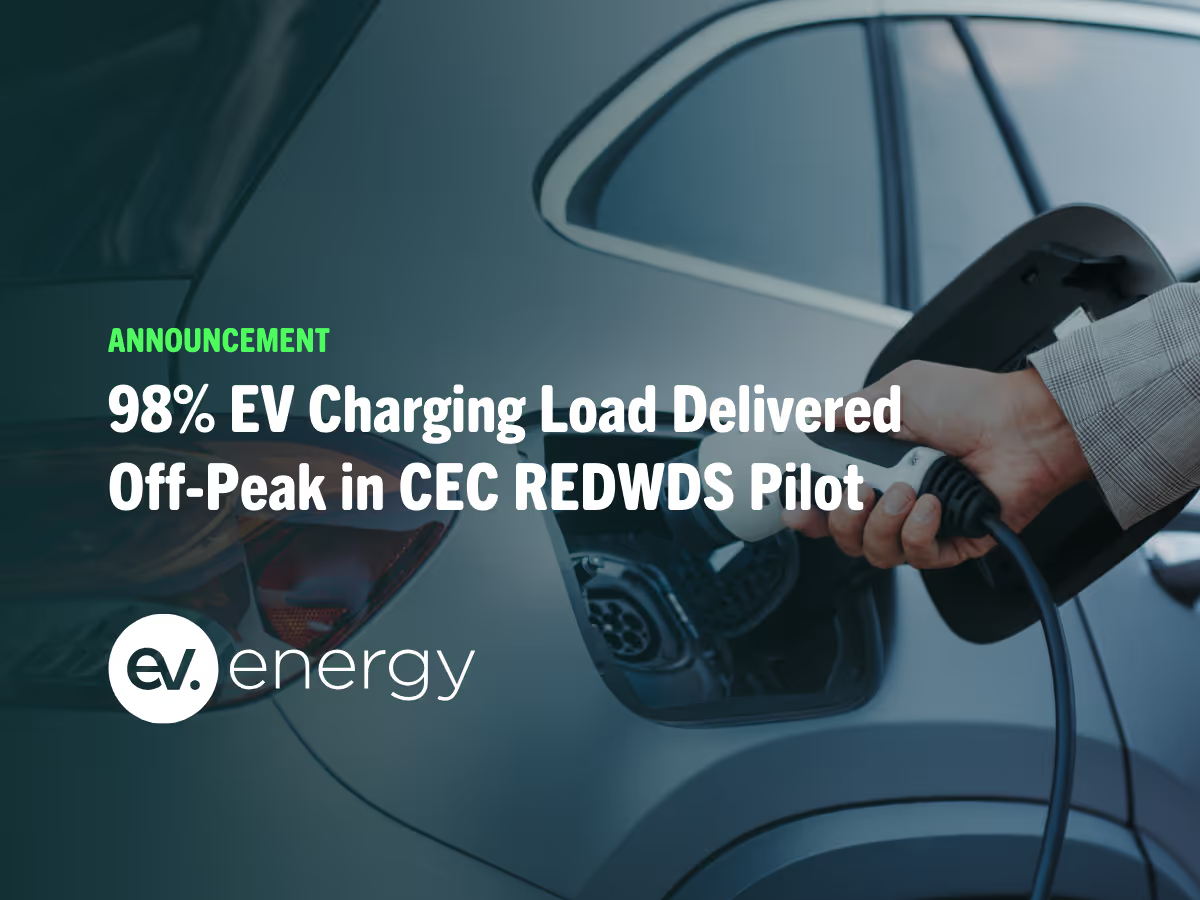
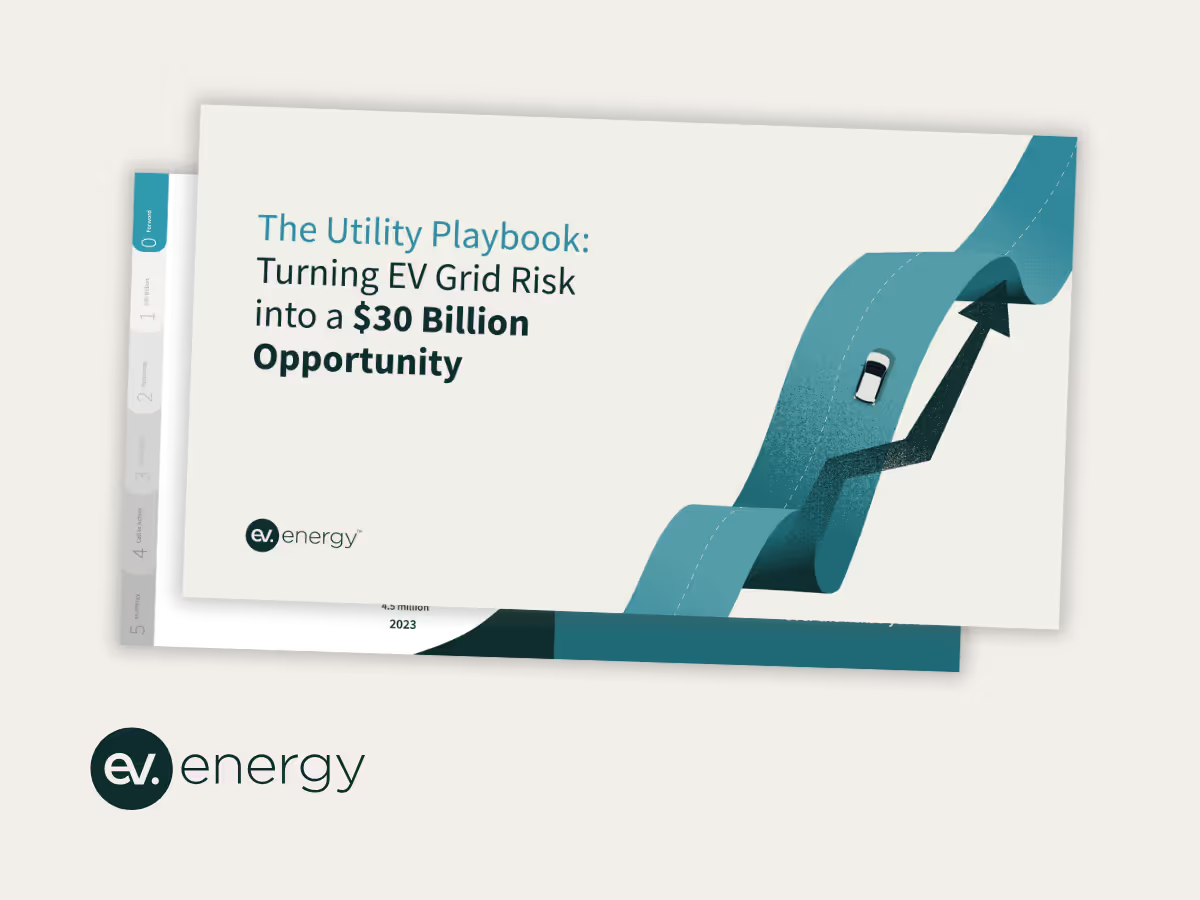
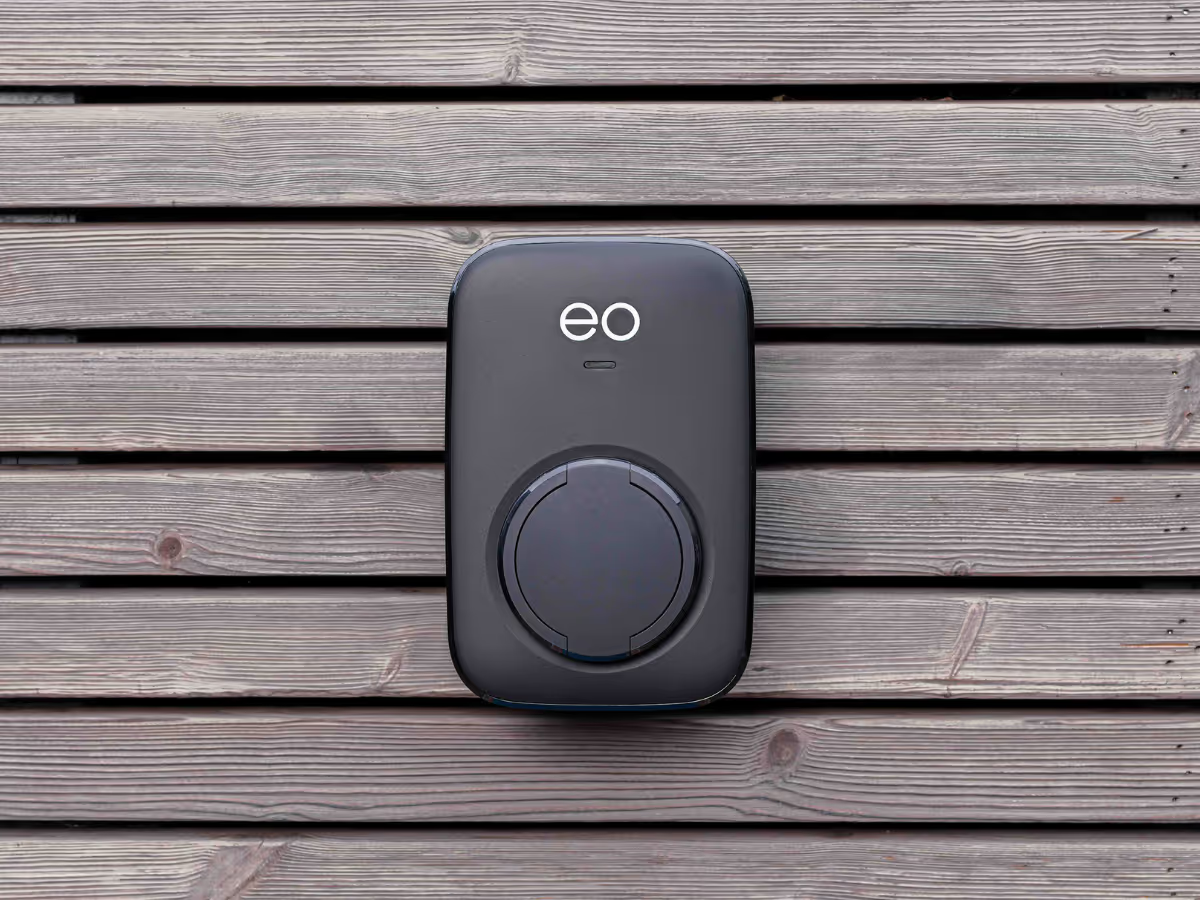
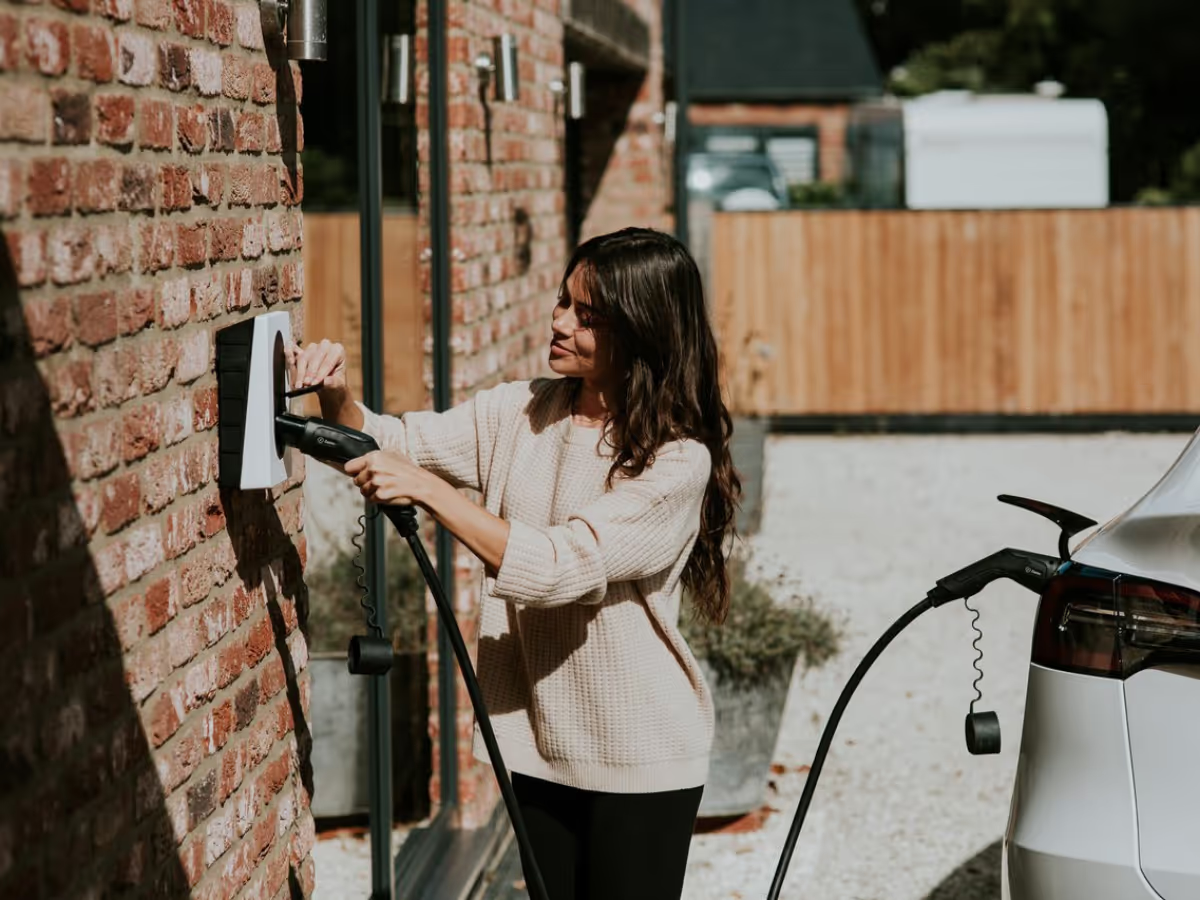

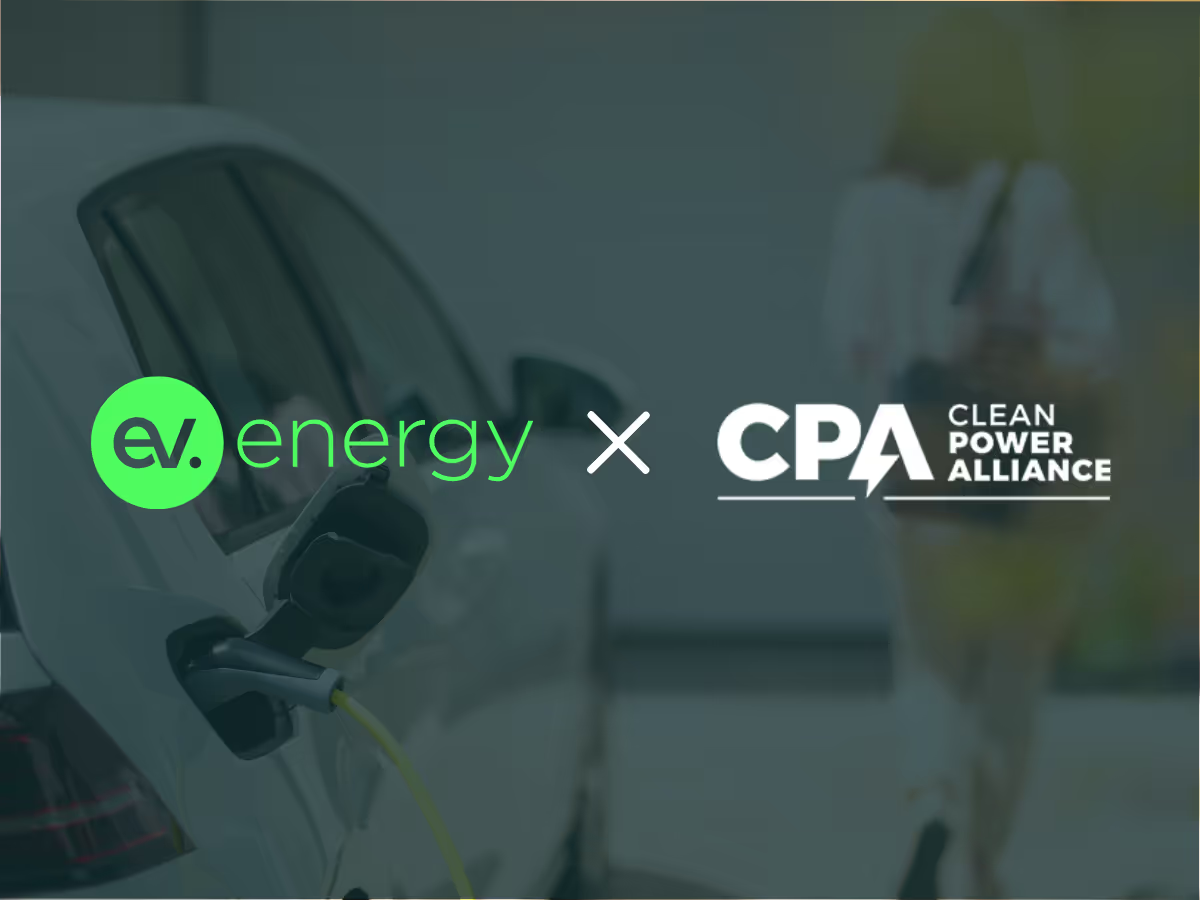

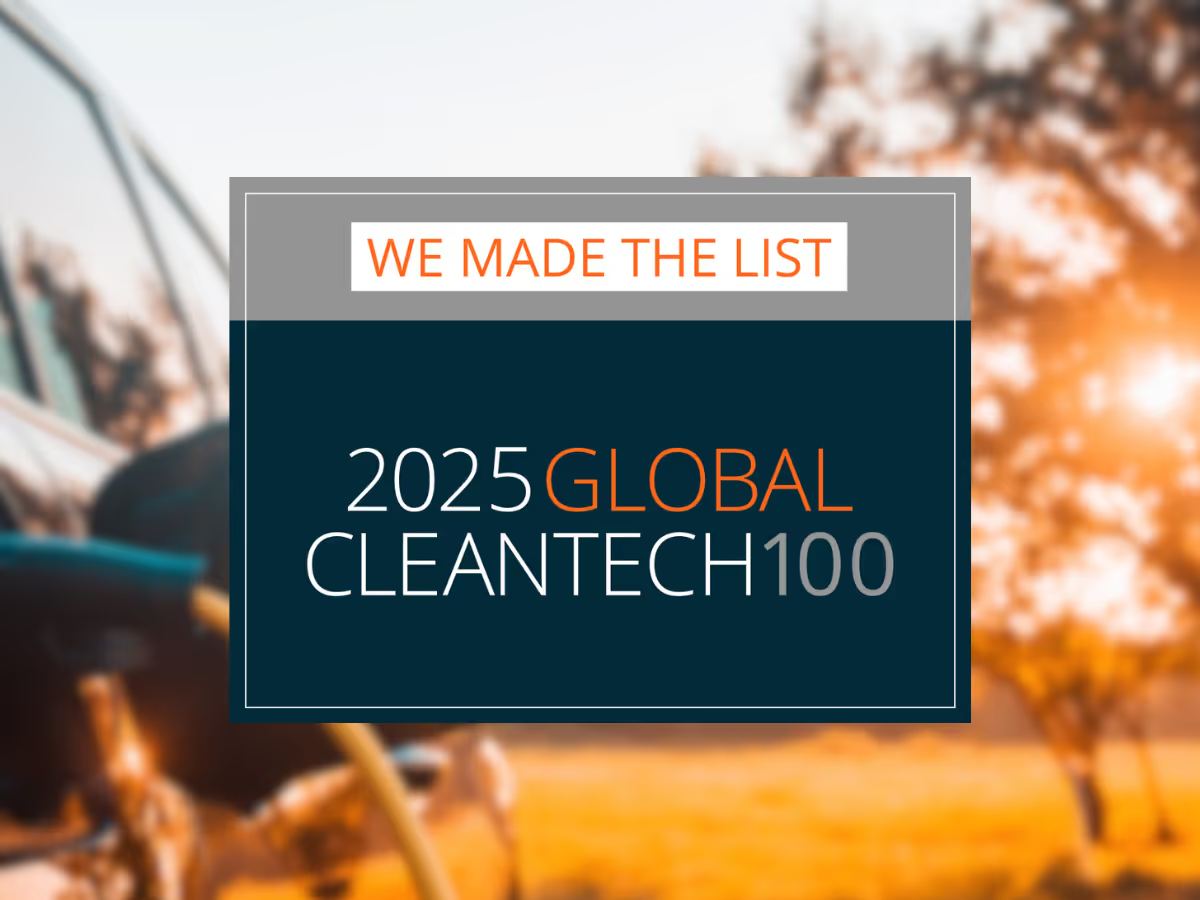
.avif)
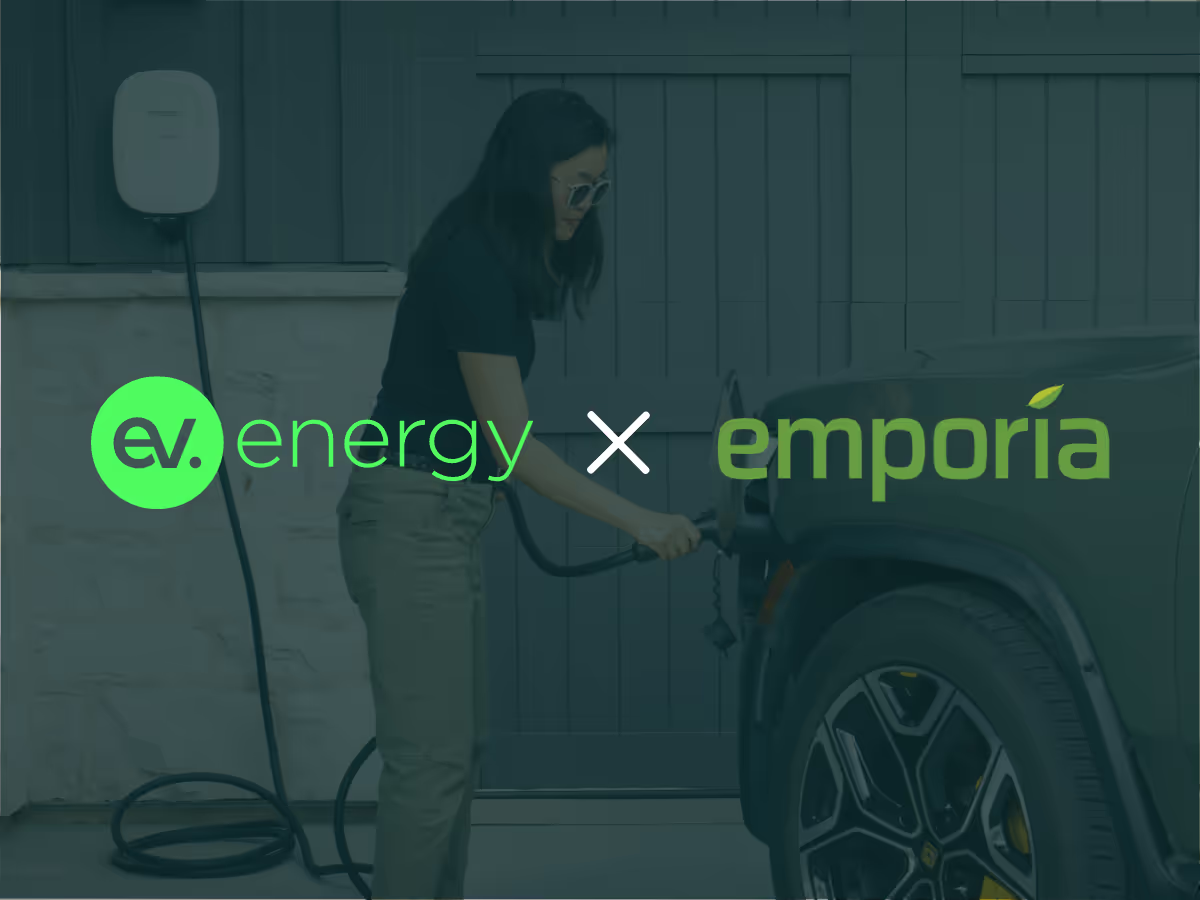










.avif)



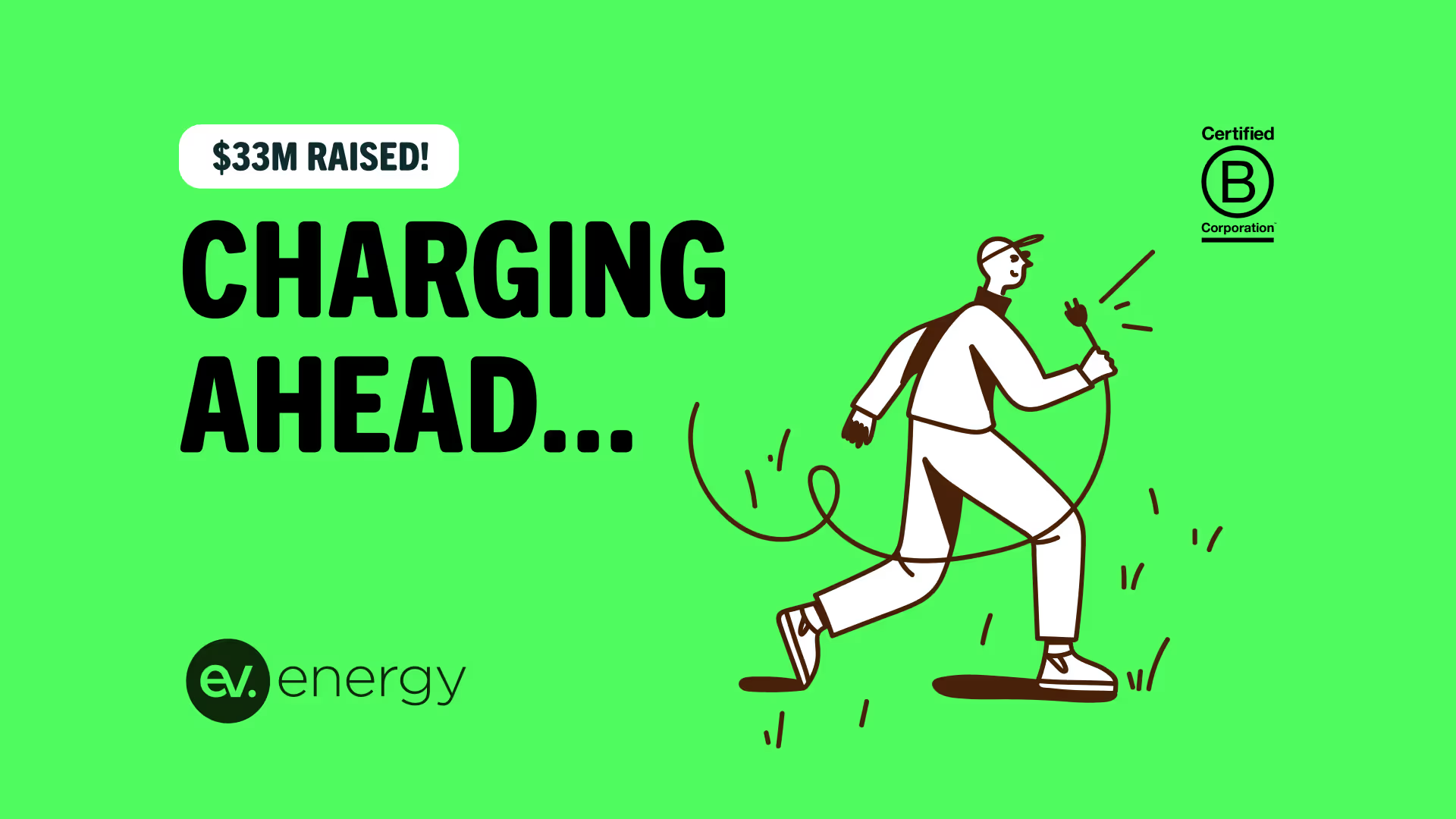






.avif)










































